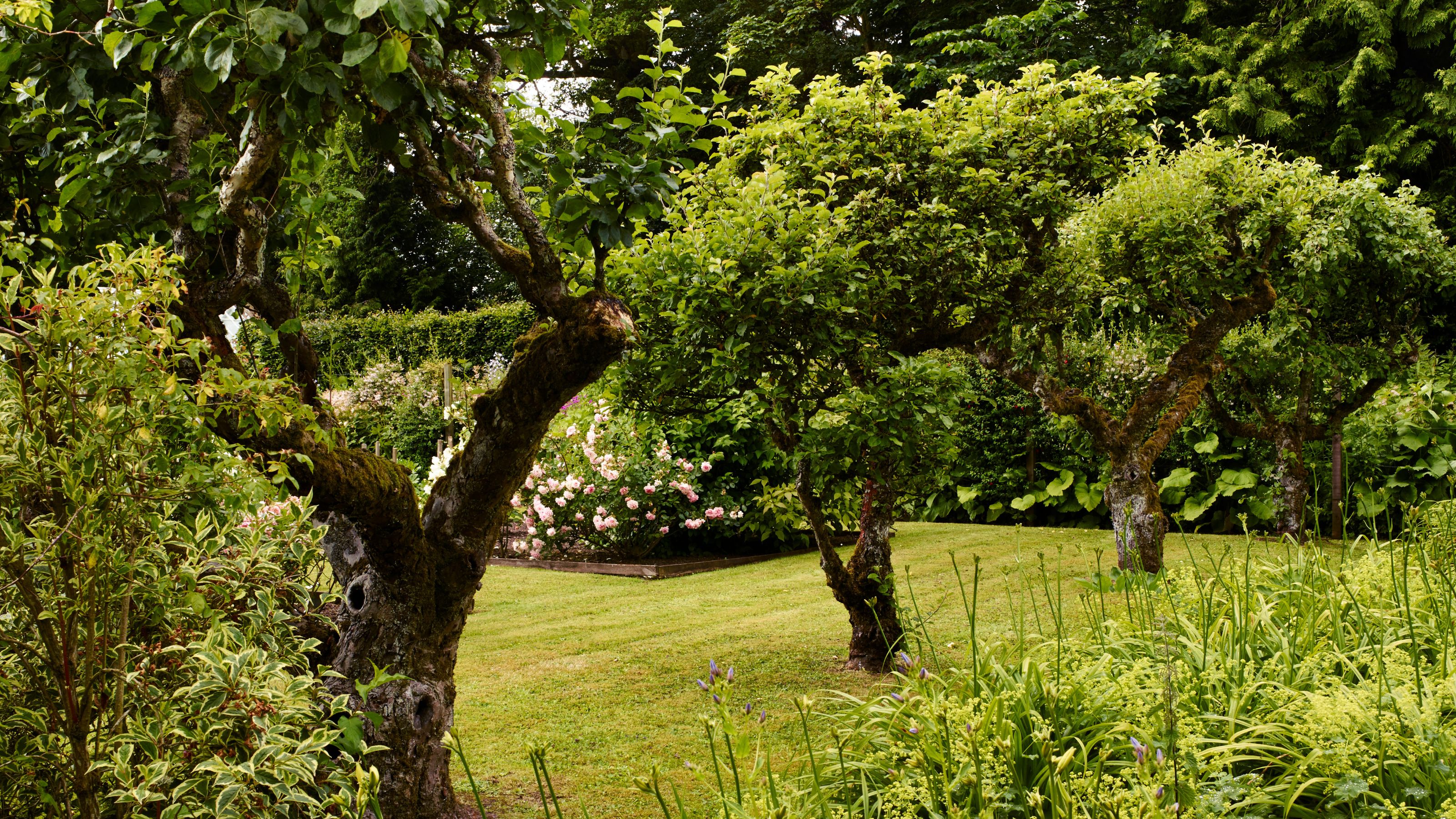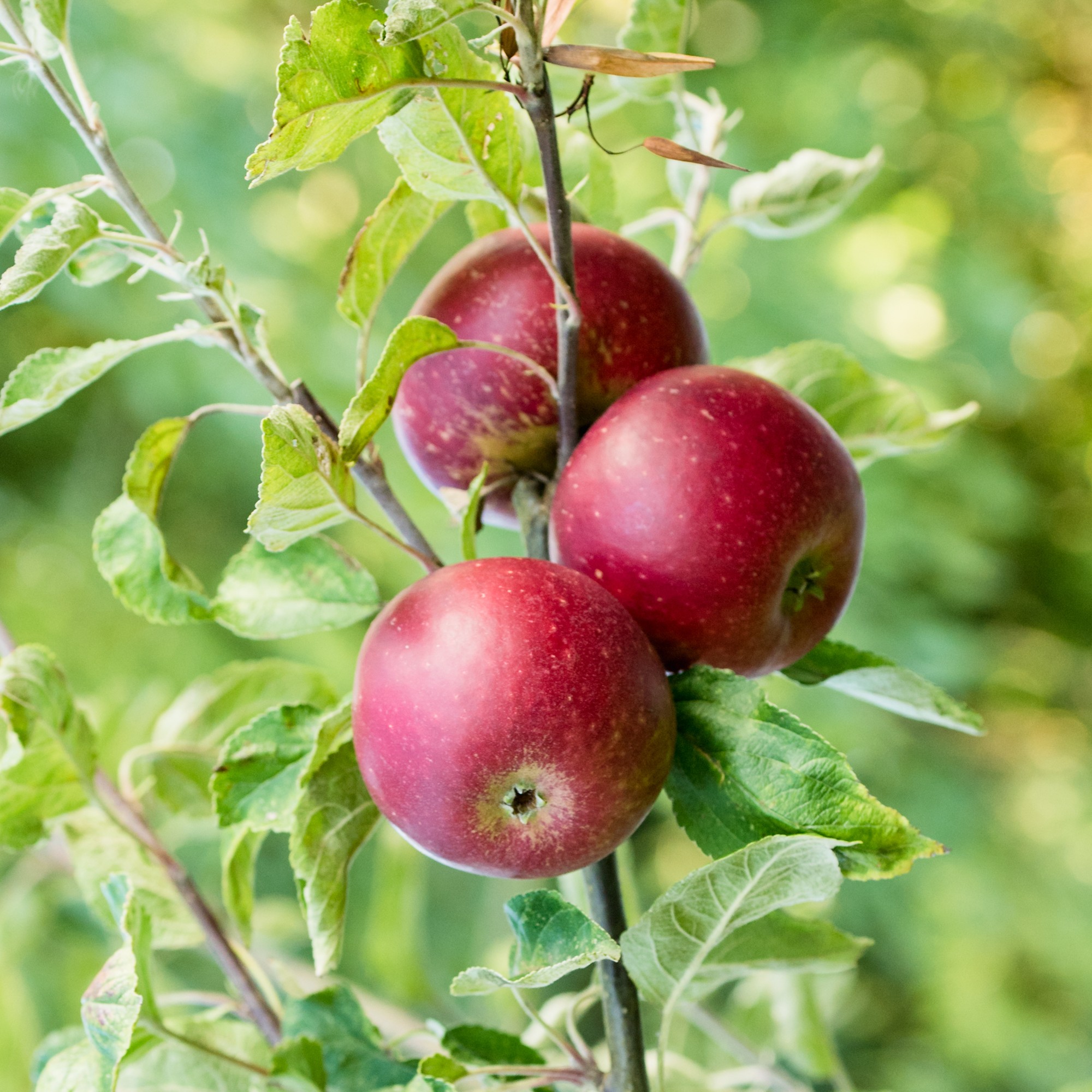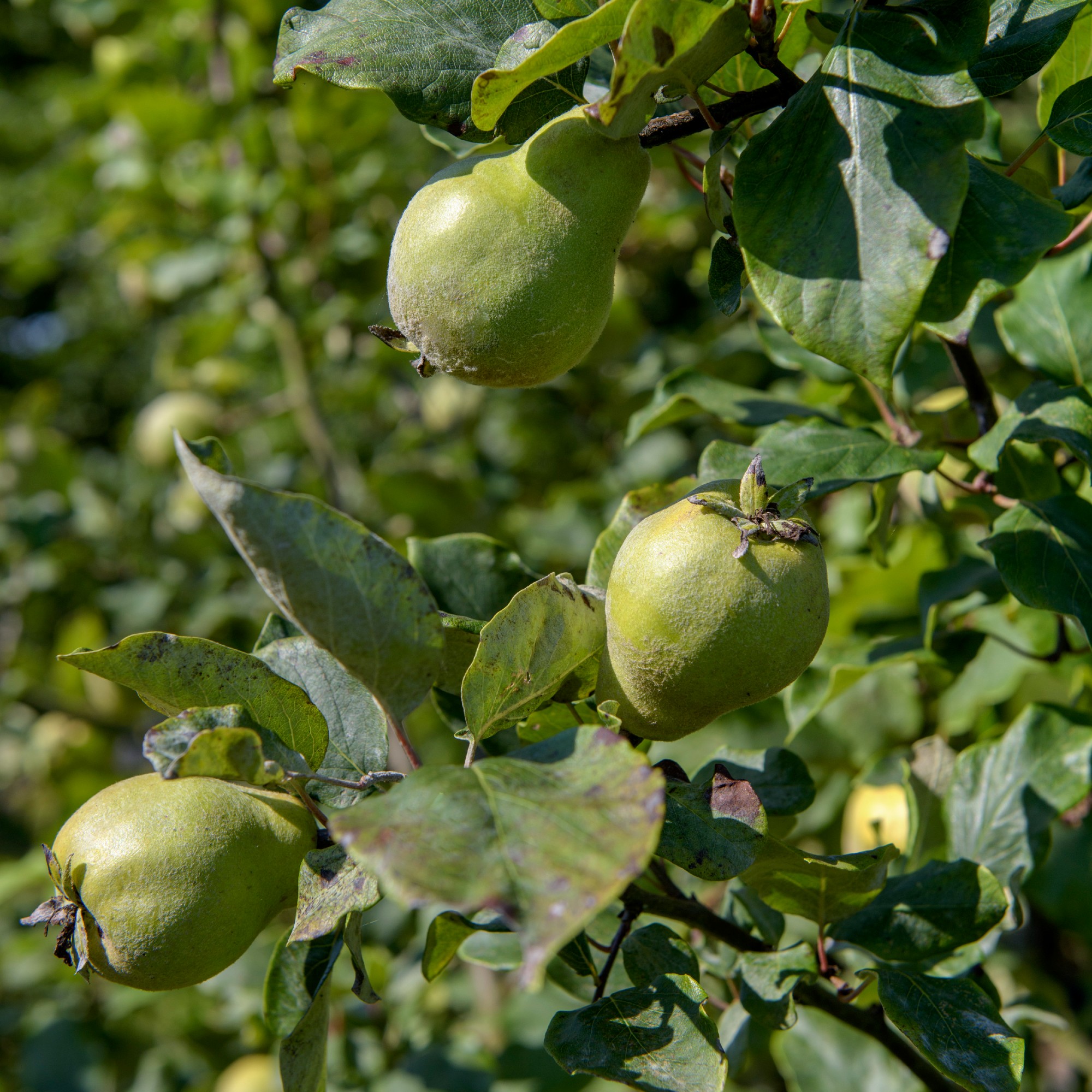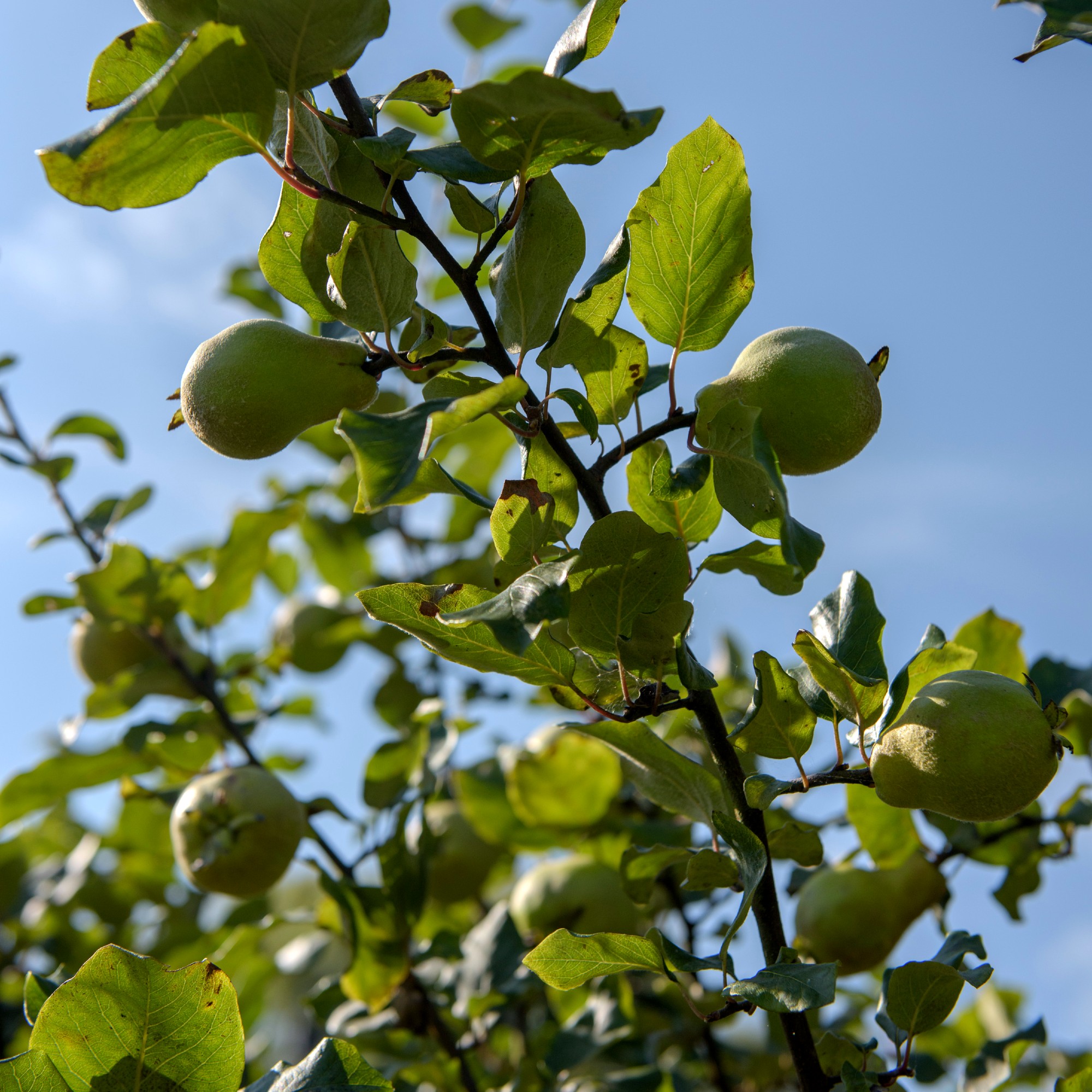Where to plant fruit trees for huge, delicious harvests every year – we've broken down the ideal spot and soil type
Can you find a place that fits the bill?


Looking for the perfect spot for a new fruit tree?
Figuring out the best time to plant fruit trees will get them off to a strong start, but knowing where to plant fruit trees will earn you the best harvests. That’s because most fruits depend on the sun for ripening, and other location factors, like the soil, can determine the tree's overall health.
To find the best place to plant fruit trees (and the options available to you if your garden doesn't quite fit the bill), I checked in with a few plant experts. Below, you'll find tips on the ideal position and soil type for fruit trees.
1. Think about the sun

One of the most important factors when considering where to plant fruit trees? Sunlight.
‘As the Royal Horticultural Society advises, as much light as possible is vital for reliable cropping and good fruit quality,’ say Crocus’s plant doctors.
Even the easiest fruit trees to grow need sunlight to produce energy for flowering and ripening. The more light they receive in a day, the bigger and better the fruits are likely to be.
If you’re working with other types of garden shade, it doesn’t mean you can’t plant a bare-root or container-grown tree in your garden – but the fruits might be slightly smaller.
Sign up to our newsletter for style inspiration, real homes, project and garden advice and shopping know-how
‘Yields can be smaller and fruit less sweet in deep shade,’ the Crocus plant doctors explain.

If full sun spots are at a premium in your garden, they recommend growing compact or trained forms like fans or espaliers instead, which make the most of the limited light. Varieties like Apple ‘Discovery’ and Pear ‘Conference’ also perform well in partial shade.
‘At Bowood, we grow plums and gages on north-facing walls,’ says David Glass, head gardener at Bowood House and Gardens. 'These get sun early in the morning and in the late evening but are shaded during the day.'
‘Acid cherries and pears are good examples of other fruit trees that can tolerate some shade.’
Cherry ‘Morello’, also available at Crocus, is a great choice for spaces with more shade.
It’s important to prune fruit trees for a better harvest every year, but even more so in shadier gardens, where they’ll benefit from an open canopy. That way, more sunlight will filter through.
2. Look at the soil
The soil is the foundation of every plant, of course, and fruit trees are no exception.
'The ideal type of soil for most fruit trees has good drainage,' says Lucie Bradley, gardening and greenhouse expert at Easy Garden Irrigation. 'The roots can rot if waterlogged, as can the crown.'

You'll also need to make sure the soil is enriched with plenty of nutrients before planting.
'Ensure the soil is fertile, well-drained, and improved with organic matter,' advise the Crocus plant doctors. 'Regular watering and feeding will help trees establish and support strong, balanced growth.'
It's a good idea to incorporate organic matter, like Westland Gro-Sure Farmyard Manure from Amazon, into the planting spot. Or, some home-made compost will do the job just as well.
So, you'll need to hold two key factors at the front of your mind when working out where to plant your fruit tree: plenty of sunlight, and plenty of rich, well-drained soil.

Sophie joined the Ideal Home team as Gardens Editor in June 2024. After studying English at Royal Holloway, University of London, she began writing for Grow Your Own, which spurred on her love of gardening. She's tried growing almost every vegetable under the sun, and has a soft spot for roses and dinnerplate dahlias.
As Gardens Editor, Sophie's always on the lookout for the latest garden trend. She loves sharing growing hacks for every space, from herbaceous borders to balconies.